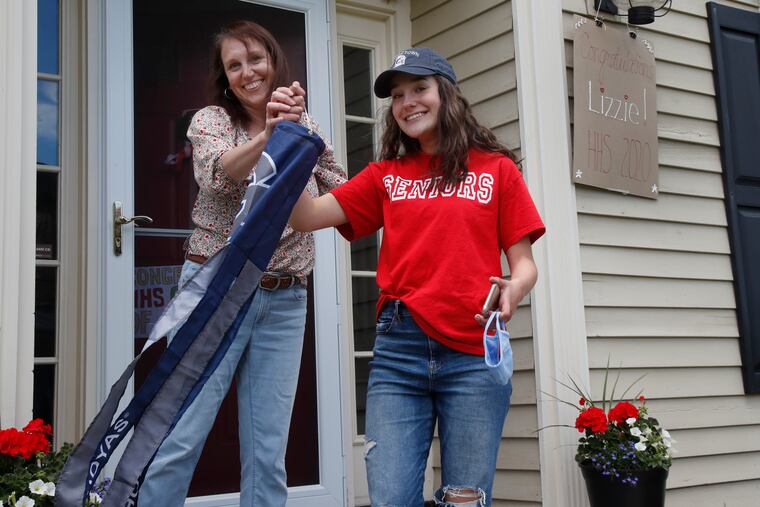College enrollment takes a hit this fall amid coronavirus
A snapshot of fall enrollment shows fewer students are pursuing undergraduate degrees this semester as the coronavirus continues to sow fears of infection and devastate the economy.

A snapshot of fall enrollment shows that fewer students are pursuing undergraduate degrees this semester as the coronavirus continues to sow fears of infection and devastate the economy.
The National Student Clearinghouse Research Center on Thursday released its first look at fall enrollment through Sept. 10, confirming what many in higher education already suspected: that the public health crisis would lower head counts at the nation's colleges and universities.
Though only 629 schools are captured in the data, the report is a closely watched indicator of sector-wide trends. Enrollment among undergraduates is down 2.5% this year across all types of institutions, while the head count of graduate students is up 3.9%. That places overall enrollment in higher education down 1.8% compared with the same period last year, according to the Clearinghouse.
Eleven states had undergraduate losses greater than the national average of 2.5 percent, including Pennsylvania, at 9.2 percent. The report did not identify individual schools or have enough data to rate New Jersey colleges.
Enrollment at the undergraduate level slipped for every racial and ethnic group, with the steepest declines among Native Americans at 8%. The head counts of white and Black students were down 6%, while dropping more than 3% for Hispanic and Asian undergrads.
Early data also show a precipitous drop of 11.2% in the enrollment of international undergraduate students.
Public four-year institutions are faring better than their private counterparts at the undergraduate level, the data show. State schools in urban areas witnessed a slight uptick in enrollment, although those in rural settings reported a slide. Community colleges reported the steepest declines at 8%, continuing a downward trend that the Clearinghouse took notice of over the summer.
"The fall data continue to show how much higher the stakes are for community college students during disruptions like the pandemic and the subsequent recession," said Doug Shapiro, executive director of the National Student Clearinghouse Research Center.
Martha Parham, a senior vice president and spokeswoman for the American Association of Community Colleges, said the early data align with what the trade organization is hearing from member schools. Many of them serve students who have suffered job losses and no longer can afford to take classes or are struggling to juggle work while caring for children stuck at home. Another major hurdle, she said, is the lack of reliable broadband for students whose courses are virtual.
"At some of our rural colleges, there is just not the same access to broadband that is necessary for online classes," Parham said. "Our students are not affluent. If they've lost a job, don't know how they're going to pay rent, certainly they are not going to take a class."
Higher-education experts have been struck by the downturn in community college enrollment because the sector historically thrives in recessions. High unemployment typically drives people toward higher education to sharpen their skills, while a strong job market siphons off would-be students.
This recession is different because of the ever-present health risks of the pandemic and the disproportionate economic impact on lower-income families, said Terry Hartle, a senior vice president of the American Council on Education, a higher education group.
Hartle said the council expected heavier losses in enrollment but is especially concerned about the drop-off in international students and the trends among community colleges because of the equity implications.
"These are the schools that are most likely to enroll low-income minority students, and we fear they're the ones most likely to go missing as a result of the pandemic and the associated fallout," Hartle said of community colleges. "The progress we've made at boosting low-income and minority student participation in higher education over the last decade could be washed away very quickly."
A boost in graduate school enrollment was one of the few bright spots in the report, with a 14.2% uptick among Hispanic students. Graduate enrollments are up for 21 states, with 15 states exceeding the national average growth rate of 3.9%. Maryland and Virginia were among a handful of states where enrollment is up at both undergraduate and graduate levels.